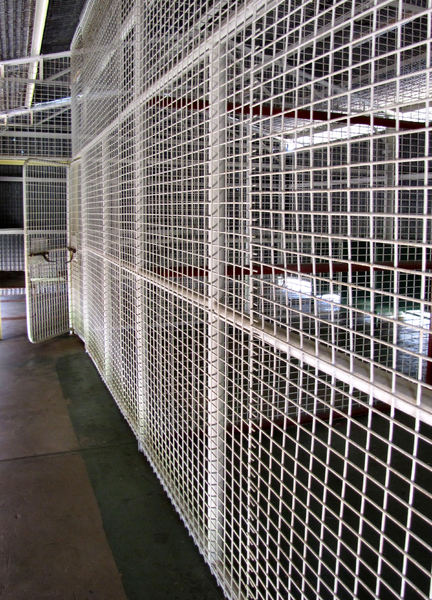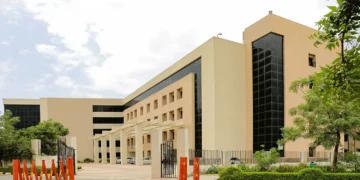
As the world grapples with issues of crime and punishment, the state of prisons has come under increasing scrutiny. The prison system, often viewed as a necessary component of justice, is facing a critical examination regarding its effectiveness in rehabilitation and its impact on society. With overcrowding, violence, and recidivism rates at alarming levels, many experts and advocates are calling for comprehensive reforms to address these pressing issues.
The United States, which has one of the highest incarceration rates in the world, is particularly challenged by its prison system. According to the Bureau of Justice Statistics, nearly 2.3 million individuals were incarcerated in the U.S. as of 2021. This staggering number raises questions about the efficacy of imprisonment as a deterrent to crime and the overall treatment of inmates. Overcrowding has become a pervasive problem, leading to deteriorating conditions, increased violence, and a lack of access to essential services such as mental health care and education.
Advocates for prison reform argue that the current system often fails to rehabilitate inmates, instead perpetuating a cycle of crime. A significant percentage of released prisoners find themselves back behind bars within a few years, with the National Institute of Justice reporting that about 68% of released prisoners are arrested within three years. This high recidivism rate is indicative of a system that prioritizes punishment over rehabilitation, leaving many individuals ill-equipped to reintegrate into society.
In response to these challenges, various states and organizations are exploring innovative approaches to prison reform. Programs focused on education, vocational training, and mental health support have shown promise in reducing recidivism and aiding successful reintegration. For instance, the Bard Prison Initiative in New York offers college-level courses to inmates, resulting in higher rates of employment and lower recidivism among graduates. Such initiatives highlight the potential for transformative change when education and support are prioritized over mere punishment.
Moreover, the conversation around prison reform has expanded to include discussions about racial and economic disparities within the justice system. Communities of color are disproportionately represented in the prison population, raising concerns about systemic bias and inequality. Advocates argue that addressing these disparities is crucial for creating a more just and equitable system. Legislative efforts at both state and federal levels have begun to reflect this growing awareness, with measures aimed at reducing mandatory minimum sentences, decriminalizing certain offenses, and investing in community-based alternatives to incarceration.
As society continues to grapple with the complexities of crime and punishment, the future of prisons remains uncertain. The push for reform is gaining momentum, fueled by a growing recognition that prisons should not only serve as places of punishment but also as opportunities for rehabilitation and reintegration. The challenge lies in shifting the narrative from one of retribution to one of restoration, ensuring that the prison system can fulfill its intended role in promoting public safety and supporting individuals on their path to becoming productive members of society.
In conclusion, the state of prisons is at a critical juncture. As discussions around reform evolve, it is essential for policymakers, advocates, and communities to work collaboratively to create a system that prioritizes rehabilitation, addresses systemic inequalities, and ultimately fosters a safer society for all.



















